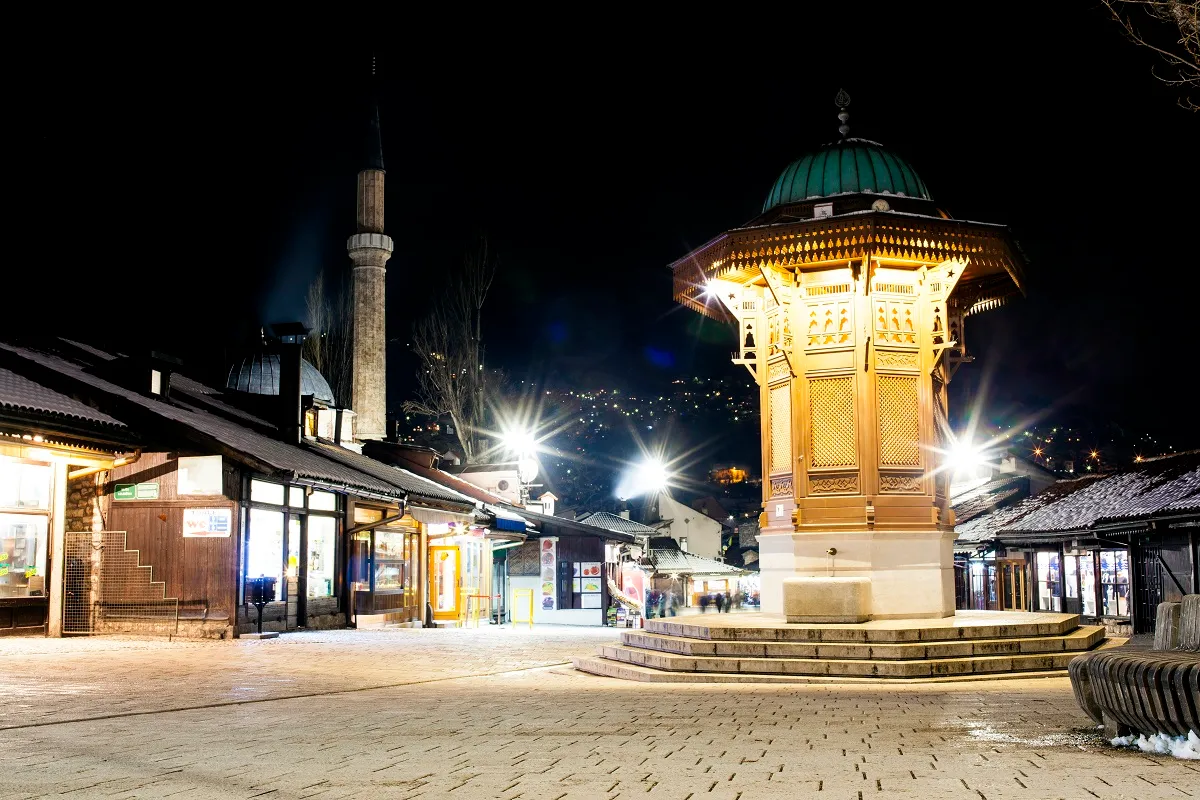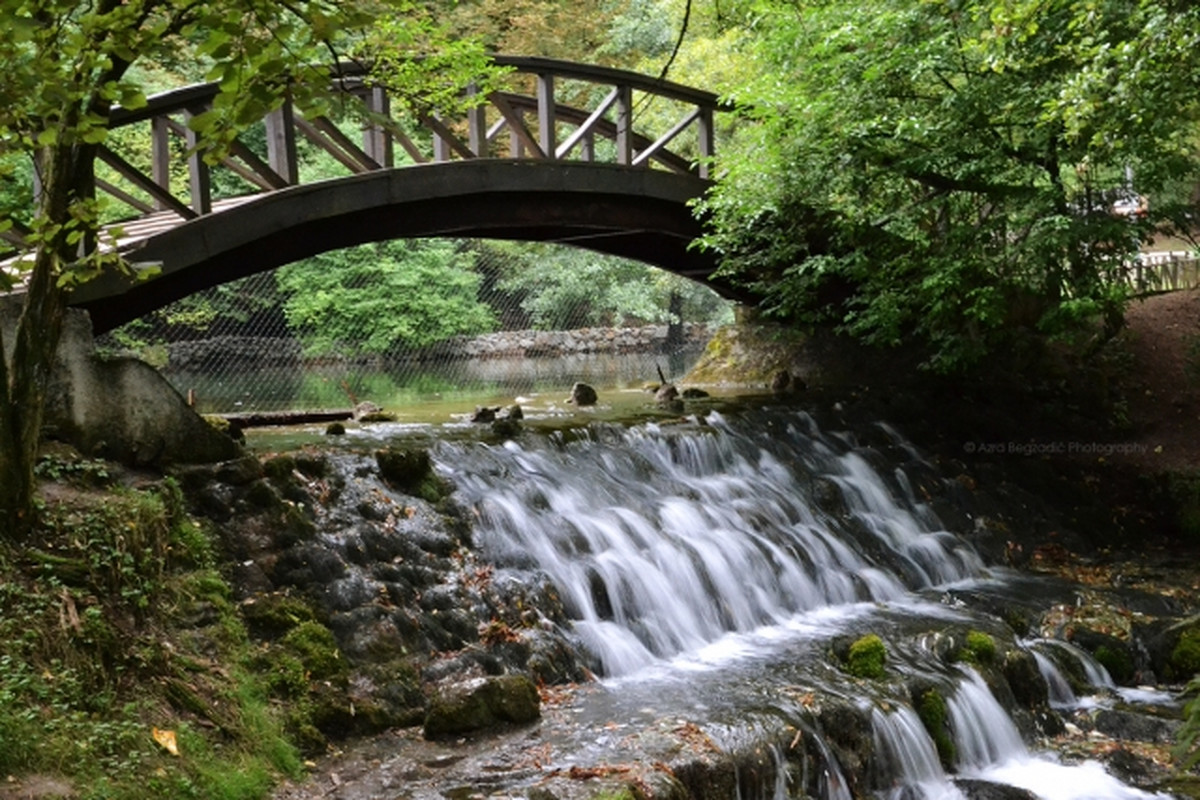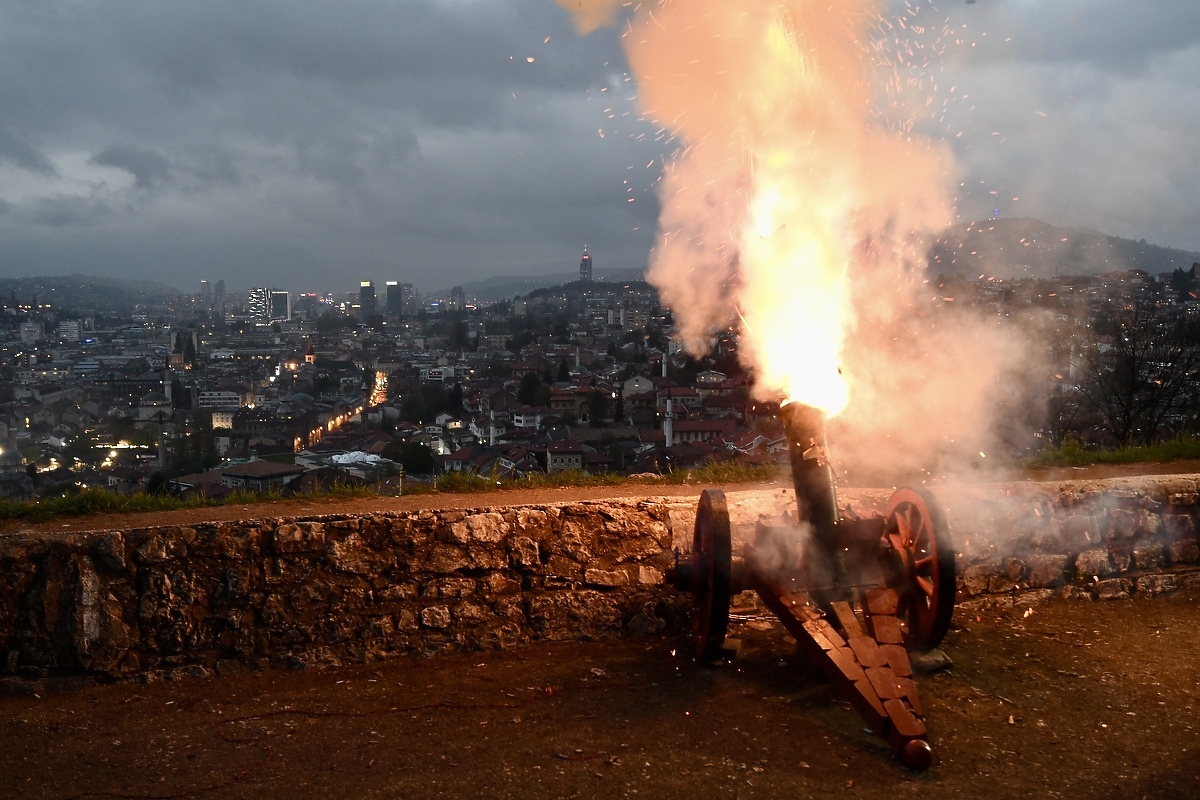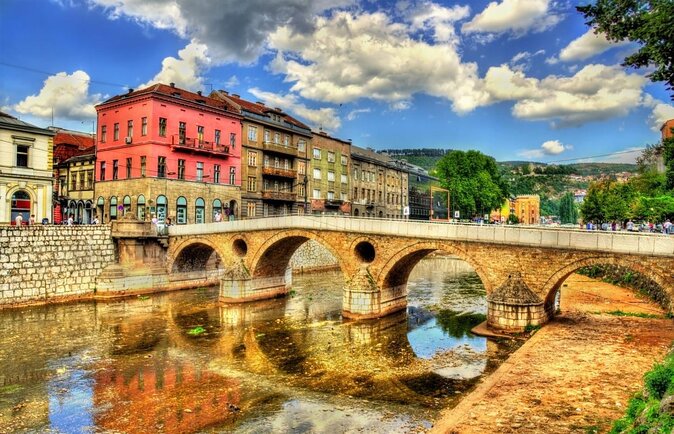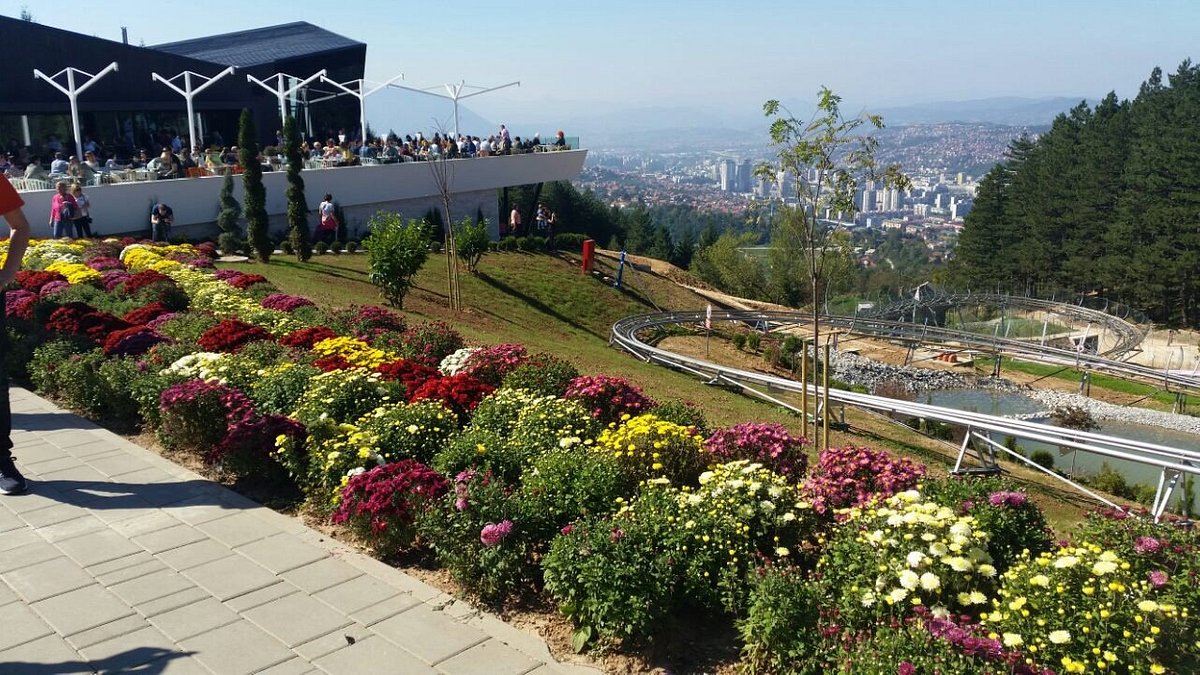Experience sarajevo
Sarajevo, capital and cultural centre of Bosnia and Herzegovina. It lies in the narrow valley of the Miljacka River at the foot of Mount Trebević. The city retains a strong Muslim character, having many mosques, wooden houses with ornate interiors, and the ancient Turkish marketplace (the Baščaršija); much of the population is Muslim. The city's principal mosques are the Gazi Husreff-Bey's Mosque, or Begova Džamija (1530), and the Mosque of Ali Pasha (1560-61). Husreff-Bey also built the medrese (madrasah), a Muslim school of theology; the Imaret, a free kitchen for the poor; and the hamam, public baths.

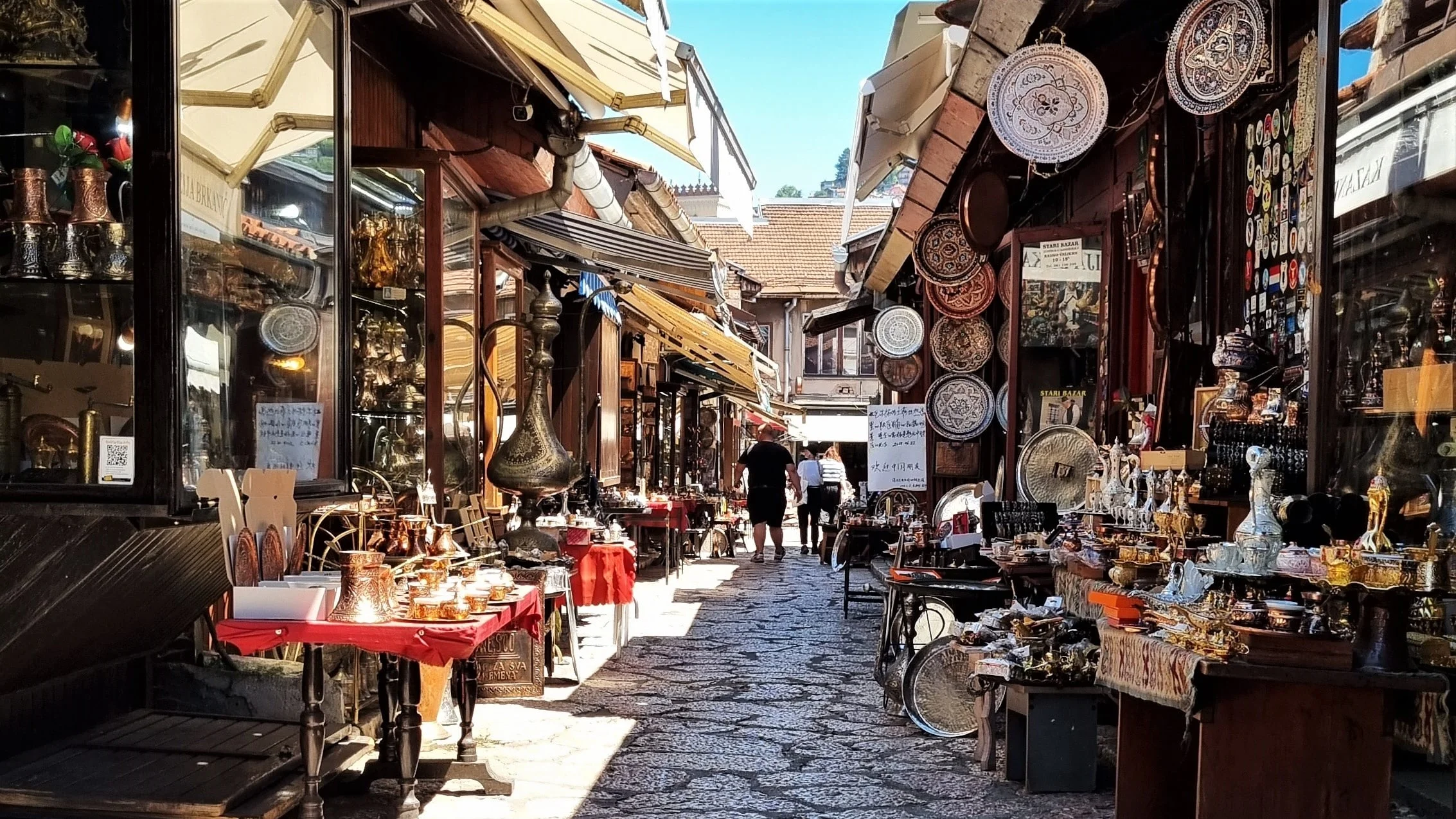
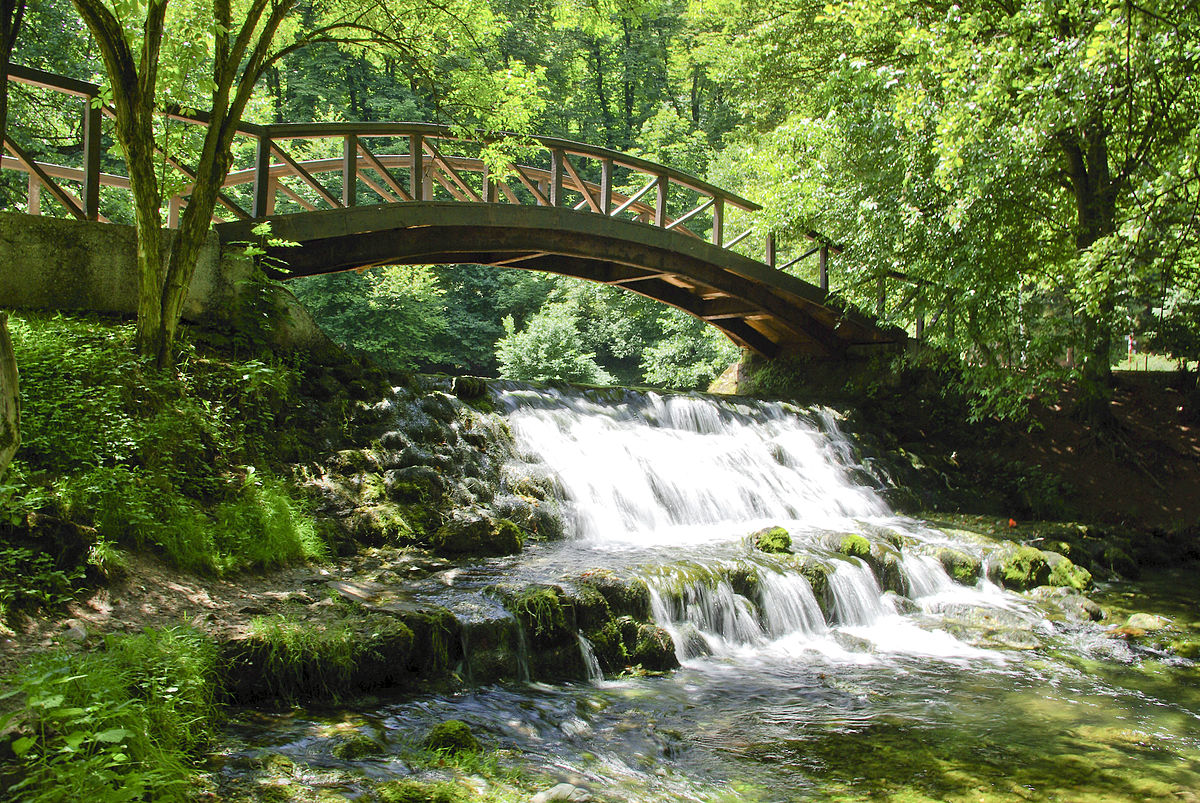
A late 16th-century clock tower is adjacent to the Begova Džamija. Museums include the Mlada Bosna (“Young Bosnia”), an annex of the town museum; the Museum of the Revolution, chronicling the history of Bosnia and Herzegovina since 1878; and a Jewish museum. Sarajevo has a university (1949) that includes faculties in mining and technology, an academy of sciences, an art college, and several hospitals. A number of streets named for trades survive from an original 37, and the Kazandžviluk (coppersmith's bazaar) is preserved in its original form.
